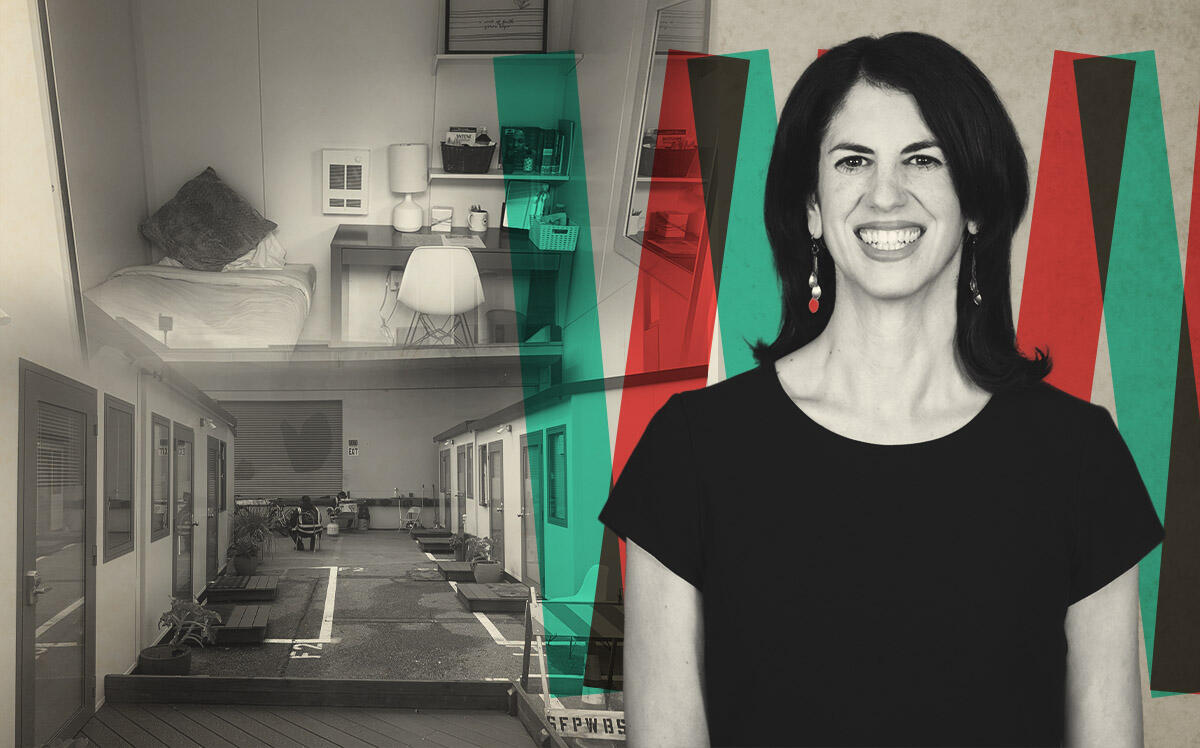A city-owned parking lot in San Francisco’s Mission District could be covered with tiny homes for homeless residents – at a cost of $100,000 each.
The city’s Department of Homelessness and Supportive Housing aims to spend more than $7 million to install 70 tiny cabins behind the BART station at 16th and Mission streets, the San Francisco Chronicle reported.
The proposed tiny home village could occupy the site until an affordable housing project breaks ground there in 2025, Supervisor Hillary Ronen said.
Ronen, who supports the idea, said the cost is “insane” and that the city needs “some leadership from the mayor’s office to look holistically at why it costs so much money to build something tiny in this city.”
San Francisco has one tiny cabin village at 33 Gough Street, which has been touted as a relatively affordable way to get people off the streets.
While the original site was largely funded by private donors and cost $15,000 per cabin – or $30,000 with dining and bathroom services – city officials said it would cost $100,000 to build each 64-square-foot home at the proposed Mission site.
Like other tiny cabin villages, each home would have a steel frame, 2-inch-thick walls, heat, a desk, a bed and a window. Such communities, from the Bay Area to Los Angeles, typically have centralized bathrooms, storage spaces, dining area and services.
Nonprofits DignityMoves and Tipping Point paid for the 70 cabins at 33 Gough Street. It cost about $15,000 to build each cabin, while the furniture was donated. It cost another $15,000 per unit for a dining hall, restrooms, a computer and landscaping. The city pays for meal service, security and supportive services.
The Gough Street village opened in 2021. The city’s homelessness department plans to extend the lease to March 2025.
The new site would be fully funded and constructed by the city at a far higher cost.
HSH said the higher per-cabin cost for the Mission site is the result of several factors, including significantly increased construction costs amid inflation and the need to buy furniture.
There are 7,700 homeless residents in San Francisco, of whom 4,400 live in tents, on the sidewalk or in vehicles, according to 2022 homeless count.
Ending unsheltered homelessness in three years would require adding more than 6,000 permanent housing units and shelter beds and spending $1.4 billion more than what the city already budgets, according to a December report from the city’s homelessness department.
Alex Tourk, founder of San Francisco nonprofit My Own Lock and Key Foundation, is pushing the city to open 2,000 tiny cabins on empty lots around the city.
If built at a cost of $100,000 for each tiny home, the estimated cost would be $200 million.
Tiny homes across the Bay Area don’t work for most homeless residents, but are better than temporary shelters as a bridge to permanent housing, according to a study released last fall. Less than half of residents find permanent homes after moving out.
In San Jose, a city councilman has joined opponents of a 100-bed tiny home village by essentially saying not in my public park.
— Dana Bartholomew
Read more


